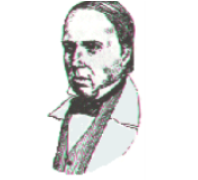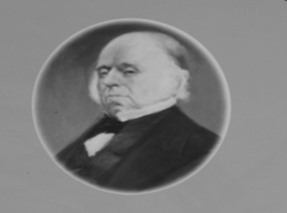Eugene O'Curry


Eugene O’Curry was a very well-known historian, folklorist and archaeologist in his day. He was born in the village of Doonaha, outside Kilkee, in 1794. He had little formal education but his father was known locally as a ‘scholar’ and Eugene took after him.
The Young Scholar
This was an Irish speaking area but Eugene recounts that he used to visit Kilkee in summertime to learn English from the visitors. He got a job in the Limerick Lunatic Asylum, as it was then called. While there he studied Irish manuscripts and Old Irish and became an expert in this field. In 1835 he joined the staff of the Ordnance Survey in Dublin and his reports to head office called Letters are a vital source of information on life in Ireland at the time and the archaeological remains in the differing localities.
He also worked for the Royal Irish Academy and the Library of Trinity College transcribing and cataloguing Irish manuscripts. He worked closely with his co-scholar John O’Donovan and their names are joined in any discussion on Irish manuscripts. In 1854 O’Curry was appointed Professor of Archaeology and Irish History in the newly-opened Catholic University. Eugene O’Curry died in Dublin in July 1862. The main street in Kilkee, O’Curry Street, is named in his honour.
A more comprehensive article on OCurry by Dr Kevin Haugh.




No Comments
Add a comment about this page